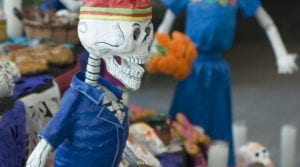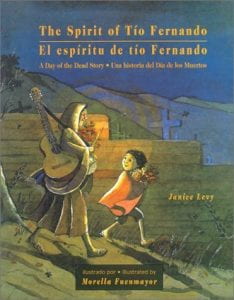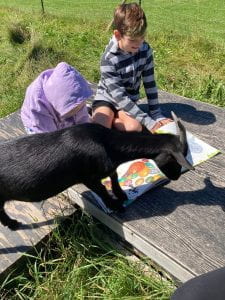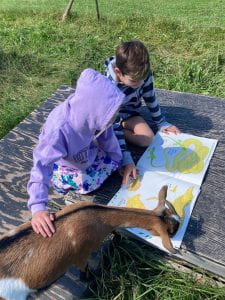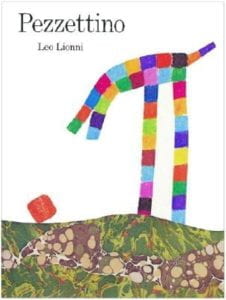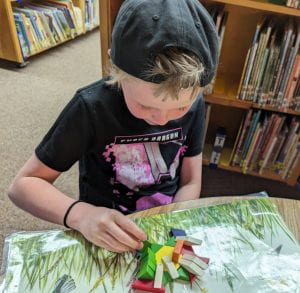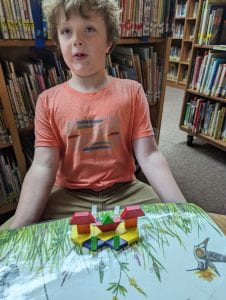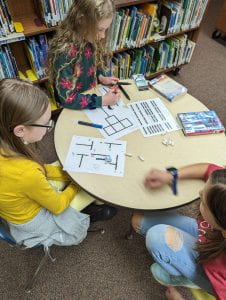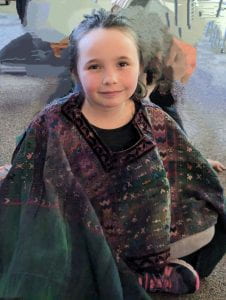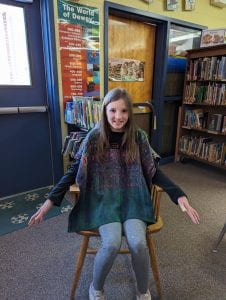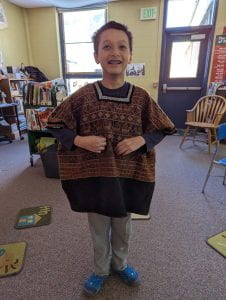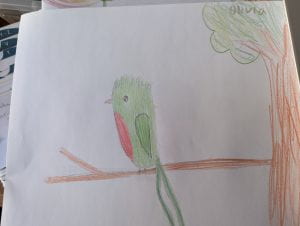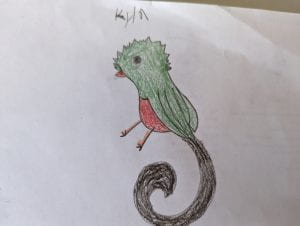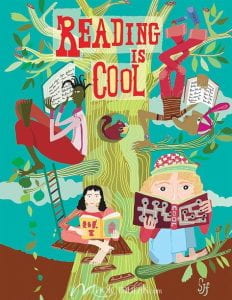Day of the Dead or Día de los Muertos—celebrates life
5 Facts About the Day of the Dead
-Maria Anderson, Smithsonian Sparks October 30, 2016
- It’s not the same as Halloween
- It originated in Mexico and Central America
- It’s a celebration of life, not death
- The ofrenda is a central component
- Flowers, butterflies and skulls are typically used as symbols
The Spirit of Tio Fernando / El espíritu de Tío Fernando A Day of the Dead Story / Una historia del Dia de los Muertos written by: Janice Levy Illustrated by: Morella Fuenmayor,
In this touching bilingual spanish/english book, we learned that The Day of the Dead is a time to remember people who have died, and whom we will always love. Nando and his mother honor the spirit of his favorite uncle on the Day of the Dead. Nando wonders how he will recognize his uncle’s spirit, but in the end he is reassured that Tio Fernando is happy because he has not been forgotten.
-https://www.booksource.com

